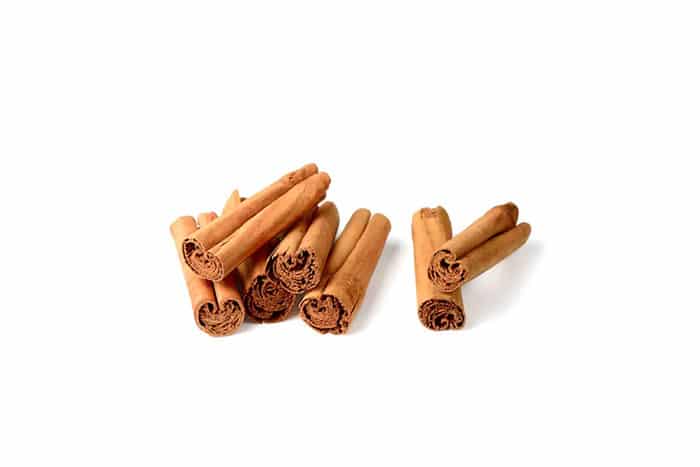Cinnamon
Ceylon Cinnamon
Introduction
The relationship between Ceylon & Spices is such that people around the world tend to remember Sri Lanka as a producer of Spices with Unique qualities that stands above all other countries. Cinnamon is one of those spices that is right up there on the list. They say you can imitate, but you can’t duplicate. There are more than enough reasons to shift from other types to Ceylon Cinnamon. The history of Ceylon Cinnamon runs down to the 16th century. This was initiated by the Portuguese simply because the climate of Sri Lanka is ideal for these types of crops. Even the Dutch people wanted to get their hands on this, which they did finally. This shows the ability of the country to produce Cinnamon with top quality.
Cultivation
The cinnamon tree looks like a medium-sized bush with darkish green leaves that comes under the family Lauraceae. The best part of the tree is the bark. Bark from the tree is the main part that is highly important. Areas like Kandy, Matale, Hatton, and even the coastal regions have the ideal soil conditions as well as tropical conditions for the growth of Ceylon cinnamon. The temperature around 25- 30 C and rainfall of 2000 – 3000 mm is favorable for the plantation. Having decent sunlight can improve the growth of the plant. Sandy soil & soil with enough fertilizers are ideal for the growth of Cinnamon. Farmers need to be aware of the different ages of the crop to cut the stem of the tree to optimize the output of the tree.
Types of Cinnamon
There are three main types of Cinnamon around the world. They are Ceylon, Korintje Cassia, and Saigon cinnamon. Ceylon Cinnamon is also called as “True cinnamon,” and that tells you the impact of the product that has made across the universe. The coumarin level of the Ceylon type is quite low. High levels of Coumarin can lead to liver damages & cancer diseases. True Cinnamon might be expensive than the rest. But at the end of the day, people are more concerned about their health.
Parts use in industry
Raw bark and the oil extracted from the bark & leaves have the main usages. The inner bark of the tree is the most suitable bark to use as a spice. Farmers cultivating Cinnamon processes the skill to remove the bark of the tree, which is an essential part of the industry. Coming to the oil extraction oil from the bark and leaves are extracted by steam distillation. In Sri Lanka, pilot steam distillation systems are conventional in rural areas. Reputation for Ceylon cinnamon is high & supply is quite low compared to the demand. Encouraging people to cultivate this can bring about a high income to the country.
Benefits of Ceylon Cinnamon
Let’s get to the benefits of Ceylon Cinnamon. This is quite famous as an additive that can bring about a delicious flavour to so many foods and even drinks. The aromatic oil content has a significant role to play in this. Cinnamon is very much present in cakes, desserts, chocolates, and day to day foods. Oil is mostly used for cosmetics and medicines. Cinnamon tea is one of the most common beverages that use this. Even the alcoholic beverages use some portion of Cinnamon to get that extra taste into their products.
Several kinds of researches have found that Cinnamon can help to control blood sugar, cholesterol levels, and acts as an antioxidant as well. Cinnamon oil is mostly used in the cosmetic industry and medical industry other than the food industry. They can improve the skin properties of the body, which makes cinnamon oil as a candidate of the beauty industry. Ability to avoid microorganism impacts, Antioxidant quality, ability to improve immunity system &, etc. have made sure that this is vital in the medical industry as well. There are adverse effects of Cinnamon as well. Liver damages, risk of cancers, and lung diseases are some of them. Results will all depend on the dosage that you take. People will have absolutely zero negative impact unless they overuse the spice.
Ceylon Cinnamon – What is Next?
Sri Lanka is fulfilling almost 10 % of the world’s cinnamon requirement. There is no doubt that Ceylon Cinnamon is the best among the types of Cinnamon. Sri Lanka’s inability to grow up the capacity has been a significant issue over the years. It is surprising to see that such a product with higher world demand isn’t promoting in the country. Lack of knowledge about cultivation, lack of support from the government has a lot to do with this. Ceylon Cinnamon will continue to shine around the world, and it will be great if we can produce more Cinnamon than what we do at the moment.

